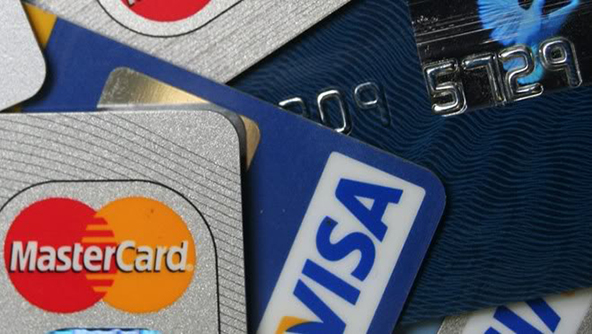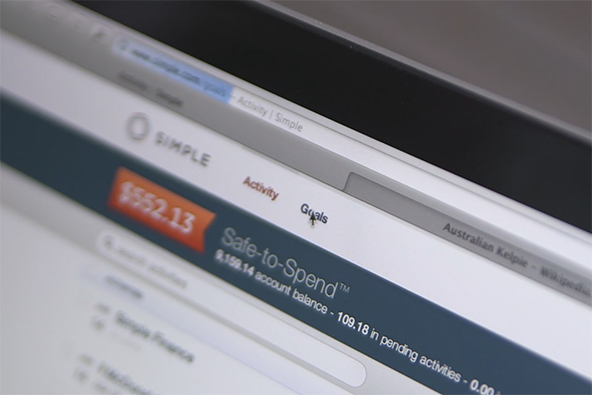Why Are Chargebacks an Issue?

Regular readers of this blog have no doubt noticed that we write rather frequently about chargebacks. A brief look at our headlines for the past year tells me that this is by far our favorite topic. Typically, we would write an article in response to a merchant’s inquiry or as a guide to the resolution of a particular issue.
As it happens, chargebacks are our leaders in both categories and today I am adding yet another item to our already extensive chargeback resources list.
Why Write So Much About Chargebacks?
See, unpleasant as they are for everyone involved (including your processor, even though they are charging you a hefty fee for each charged back transaction), chargebacks certainly provoke more questions than any other credit card processing-related topic and create more issues even than fraudulent transactions.
Not that fraud is any easier to combat, it is not. However, you have much more control over chargebacks than you do over fraud. You are far from helpless against fraud attacks and we have suggested ways for minimizing fraudulent transactions in previous posts. However, you have much more control over chargebacks, which is why there is no reason you should not be able to keep them under control.
The Issue with Chargebacks
Yet, many merchants are unable to cope with chargebacks and some of them eventually get their merchant accounts suspended. The biggest issue here is that most merchants simply fail to understand why their processors are so hung up on chargebacks and by the time they do, it is often too late.
Here is how a typical merchant would summarize their view of chargebacks: “When there is a chargeback, we pay a fee for it. Therefore, it is our problem, not our processor’s.” In other words, “We get penalized for having chargebacks, you get your fee, why would you care about getting them under control?”
So let me explain exactly why processors are so particular when it comes to chargebacks and why you should be too. We’ve done it before, evidently without much success. I’ll try to do a better job this time and use less mathematics.
Visa and MasterCard require that their processing banks keep track of each of their merchant’s chargeback levels. When a certain level is reached, the merchant becomes a “Chargeback-Monitored Merchant” and processors are required to file a report for it with the Associations. When a certain higher chargeback level is reached, the merchant becomes an “Excessive Chargeback Merchant” and a report is also required.
On top of the hassle of having to submit reports for chargeback-prone merchants, processors also are charged fees for them by the Associations and these fees can be quite heavy. What’s worse, if the merchant cannot bring their chargebacks under control, and below the action-triggering levels, this penalty fees increase.
Beyond that, there is the liability issue. If a high-chargeback-level merchant goes out of business (and they will, if chargebacks are not brought under control), the processor is left liable for the chargeback amounts. As chargebacks can be initiated for as long as six months after the transaction date, the liability can be quite substantial.
Credit Card Processing Takeaway
So now that you understand what all the chargeback fuss is about, rather than arguing with your processor over the fairness of the whole thing, concentrate your energy on designing a plan on minimizing them.
By creating and sticking to credit card processing procedures that incorporate industry best practices, you can prevent most chargeback causes. We have offered plenty of suggestions on this blog on how to go about it and there is little doubt that I will write about it again soon enough. In the mean time, if you have any specific questions you need addressed, please post them in the comments below.
Image credit: Amandaserfozo.com.


